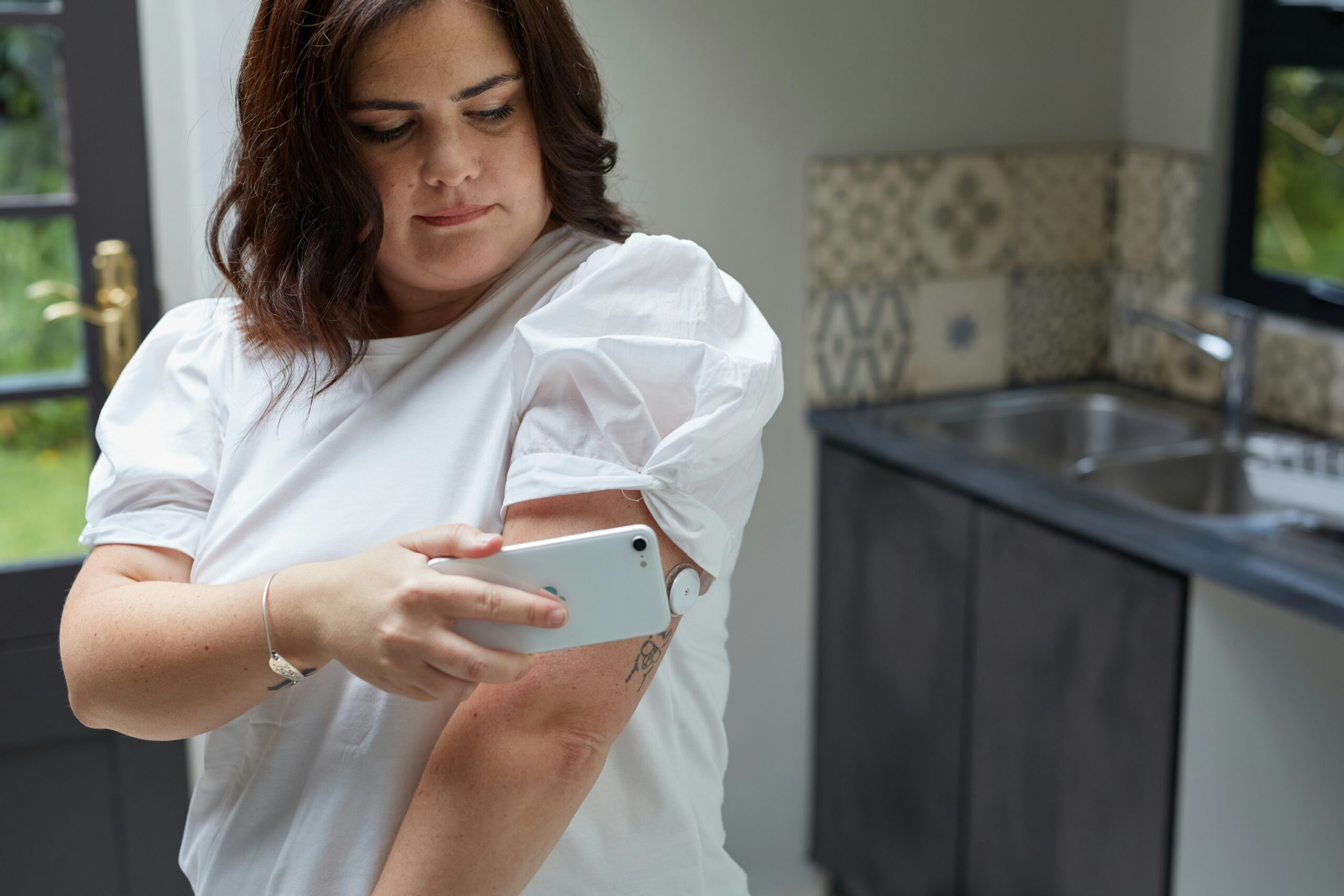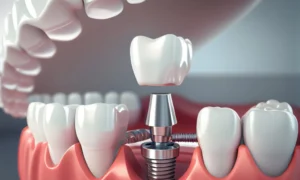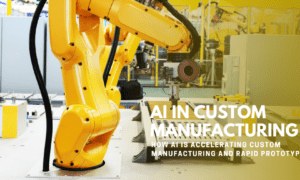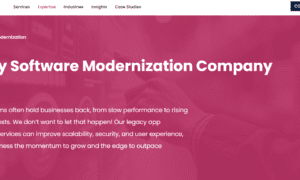Overview
Health is becoming more personal, portable, and affordable. What previously needed hospital visits and costly medical equipment can now be carried on your wrist or stuck on your skin. Low-cost bio-patches and sensors have revolutionized health monitoring, bringing people clinical-grade data at their fingertips.
Through microelectronic, material, and wireless advancements, accurate health monitoring is no longer exclusive. From identifying irregular heartbeats to checking glucose levels, these devices allow both physicians and patients to make faster, more informed decisions. The result is healthcare focused on prevention and real-time insight, not just response.
The Transition from Fitness Wearables to Healthcare Devices
Wearables began as basic fitness accessories. They measured steps, estimated calories, and encouraged activity. Over the past decade, they have evolved into medical-grade devices that offer continuous observation for chronic illness, mental health, and rehabilitation.
Low-cost sensors now match clinical precision, measuring oxygen saturation, heart rate variability, respiratory rate, and stress levels with near-hospital accuracy. This evolution bridges the gap between everyday wellness and professional healthcare, making data both accessible and actionable.
How Low-Cost Sensors Work
Miniaturization Modules
Modern sensors are compact and powerful. They use microprocessors that capture, store, and process data in real time while consuming minimal power.
Wireless Integration
Through Bluetooth and mobile connections, sensors transmit vital data to smartphones and cloud systems. This allows doctors to monitor patients remotely, reducing unnecessary clinic visits.
Smart Analysis
Artificial intelligence interprets incoming data to detect irregularities before symptoms appear. Algorithms recognize early warning signs, enabling doctors to act before conditions become severe.
The combination of portability, connectivity, and intelligence makes these tools both affordable and efficient.
The Accessibility Revolution
The real strength of affordable sensors lies in accessibility. Clinical-grade healthcare technology was once too expensive or complex for most people. Now, anyone can access accurate health data anywhere, anytime.
For people in remote areas or with limited mobility, this is life-changing. A single sensor can track vital signs, identify early issues, and share updates with healthcare professionals in seconds. Patients who once relied on occasional hospital visits can now manage their health daily from home.
Remote monitoring also strengthens telehealth by giving doctors access to real-time information between visits.
Applications Beyond the Hospital
Chronic Disease Management
Patients with diabetes, heart conditions, or high blood pressure use sensors for continuous monitoring. Real-time feedback encourages better habits and helps prevent medical crises.
Preventive Health
Affordable sensors allow early action before complications arise. Subtle changes in oxygen levels, temperature, or heart rate can alert users to potential illness, leading to faster medical attention.
Behavioral and Recovery Programs
Even low-cost sensors are transforming addiction recovery and behavioral health programs. By tracking activity, sleep, and stress, they give insights into both emotional and physical health.
Facilities like PA Addiction Treatment incorporate wearable technology into therapy, helping patients understand how lifestyle patterns influence recovery and overall balance.
Supporting Structured Recovery
Sensor-based monitoring is now part of evidence-based care. Programs such as California Residential Treatment use wearable health devices to track patient progress in real time.
Data on sleep, heart rhythm, and activity help clinicians personalize treatment. This mix of human care and technological accuracy fosters accountability and supports long-term recovery. Patients are often encouraged when they can see tangible proof of their improvement, reinforcing hope and motivation.
Integrating Technology in Mental Health
Mental health care is also embracing wearable data. Heart rate, activity, and sleep patterns reveal mood and emotional changes that patients might not notice themselves.
Centers like Dual Diagnosis in Washington combine therapy with wearable tech for individuals managing both addiction and mental health challenges. Real-time monitoring helps therapists detect stress or anxiety early and step in before relapse occurs.
Data-Driven Addiction Recovery
Recovery clinics now use wearable technology to track physical signs of improvement, including mood and energy levels. Facilities such as Addiction Treatment Programs pair this data with clinical feedback to monitor recovery progress.
Comparing sensor readings with patient self-reports gives clinicians deeper insight into how emotional and physical health connect. Patients feel empowered when they can see measurable progress, supporting motivation and lasting results.
Why Affordability Matters
Affordable sensors are not only a technological success but an economic one. Low-cost monitoring saves money for families, clinics, and hospitals. Preventive care is far cheaper than emergency treatment.
As production increases, costs drop. Collaboration among technology companies, researchers, and public health agencies ensures large-scale access. Affordable devices also close the gap between high-income and underserved populations, making continuous monitoring achievable for everyone.
Lower costs, broader access, and better health outcomes are the natural results.
Problems to Overcome
While the benefits are clear, several challenges remain:
- Data Privacy: Patient data must be securely stored and shared.
- Device Accuracy: Manufacturers should maintain clinical reliability standards.
- Integration: Systems must work seamlessly across devices and healthcare networks.
- Training: Users and clinicians need clear guidance to interpret results correctly.
Overcoming these issues will make wearable health technology both safe and dependable.
The Future of Monitoring
Future sensors will extend beyond wearables to clothing, implants, and smart environments. Tracking will be effortless and automatic. Instead of reacting to illness, healthcare will predict and prevent it.
As affordable sensors spread, healthcare will become more proactive and patient-driven. Doctors will use continuous data rather than occasional snapshots, while patients will play a greater role in managing their own well-being.
Conclusion
Affordable sensors and bio-patches are transforming modern healthcare. They combine clinical precision with everyday convenience, bringing personalized care to everyone. From chronic illness management to addiction recovery, these devices connect people more closely with their health than ever before.



































